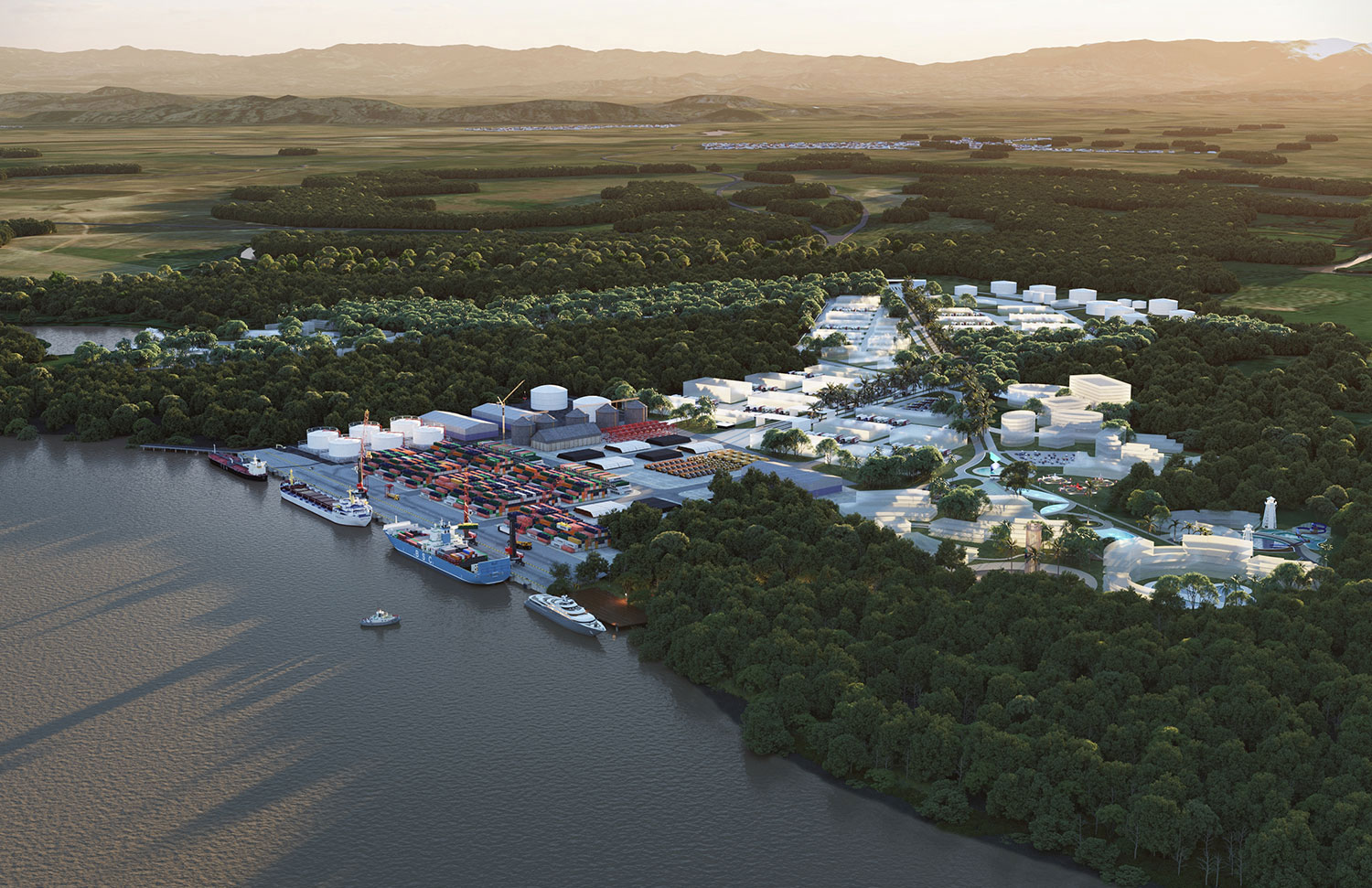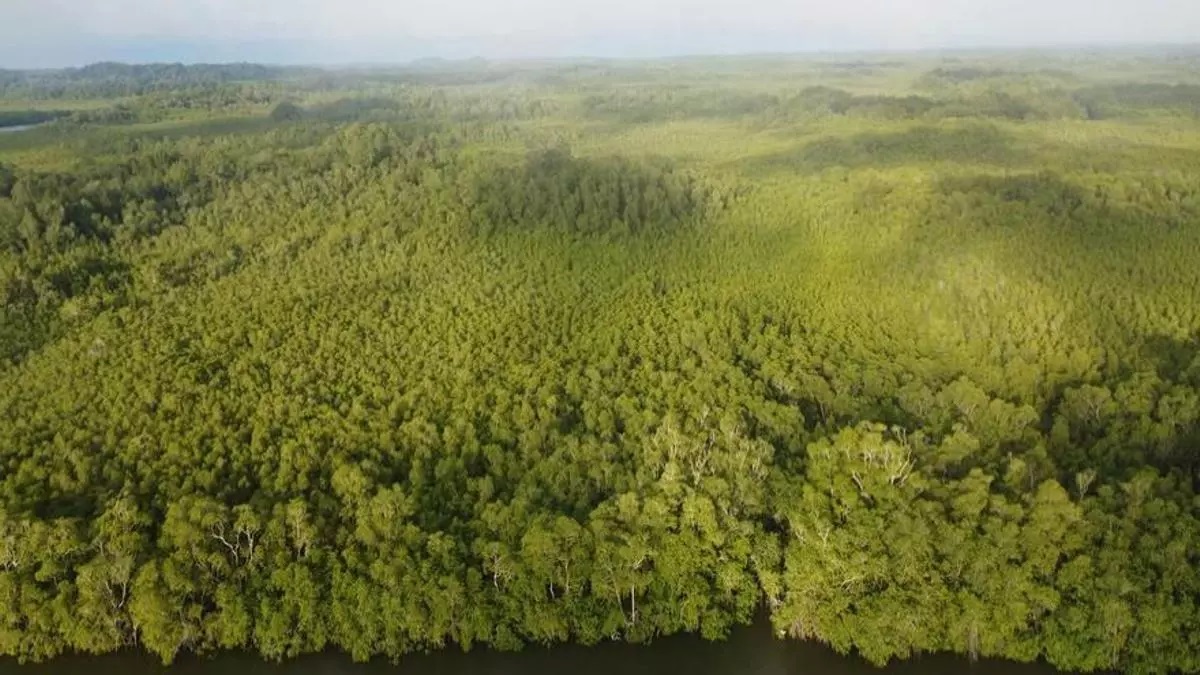Environmental Controversy Involving the Puerto Barú Project in David, Panama

Above: A picture of what the Puerto Barú Project in David, Panama could look like instead of just mangroves. Here is the story of the conflict over the environmental approval of a project that borders the mangrove area of David. Here is a look at what this is designed to one day be like. https://puertobaru.com/ The construction of the Puerto Barú project, an ambitious port and tourism initiative to be developed in the district of David, has unleashed a wave of criticism, and a group of environmental associations are opposed to the approval of the environmental impact study, at least under the conditions in which it has been proposed so far. The project, which involves an investment of 250 million dollars in United States of American funds, promises to transform the country’s infrastructure, but has been criticized for its environmental impact and the management of its environmental impact study (EIA). Puerto Barú seeks to become Panama’s first green port, meeting international sustainability standards. The project’s vision is to integrate into the region in a way that minimizes environmental impact while boosting economic development. According to Ismael González, project manager, “They have met international standards and have worked with the community, the University of Panama, and the Technological University of Panama to address environmental issues, such as water management.” The EIA for the project, classified as Category III, was approved in January during the administration of former Environment Minister Milcades Concepción. Another look at what the Puerto Barú Project in David might look like below: https://puertobaru.com/project/
This study has been criticized for not adequately reflecting the potential environmental impact of the port, particularly on the David mangroves, protected since 2007 following a mayoral decree. The protected mangroves include David, Pedregal and Las Lomas. Guido Berguido, biologist and executive director of the Adopta Bosque Panamá Association explained to news media the concerns of environmental organizations regarding this project. “Six organizations have filed a nullity suit before the Supreme Court of Justice against the resolution that approved the environmental impact study of the Puerto Barú project. The study does not reflect the magnitude of the impact that the project would have, which involves the devastation of hectares of mangroves in the navigation channel,” he said. Berguido and other environmentalists argue that the project will severely affect the mangrove ecosystem, a crucial habitat for local biodiversity and an important element in protecting against extreme weather events. Although the port itself is not within the protected area, the 31-kilometer navigation channel runs through it, which will require dredging and could compromise the health of the estuary. Here is an Instagram vision of the Puerto Barú Project for David https://www.instagram.com/puertobaru/?hl=en
“What they don’t indicate is that the 31 km navigation channel does in fact cross the protected area of the David mangroves, so they also have to dredge, because it is an estuary that in some parts is 4 meters deep, and they would have to dig more than three times the depth to have an acceptable draft for the ships that will be using the project,” explained the biologist. Berguido also criticized the public consultation phase of the project, which he considers insufficient and limited. “The public consultation was very restricted, which prevented broad and effective participation by the community.” From Gonzalez’s perspective, the project has taken extensive measures to ensure sustainability and he said that the project does indeed not enter the protected area, but it does border the mangroves. “We have met international standards, because the vision is that it is a very important point, that it is the first green port in Panama. From the project’s conception vision, international sustainability standards and little change to the environment are considered,” he said. Below is what the mangrove area looks like at present.

González defended the technical and environmental studies of the project, which took years. “If we had thought that with an investment of 250 million dollars from USA Americans, with these standards, we were going to create a blow to the environment, we would not be here. We are convinced by the studies we have done,” he said. He also says that the main threat to ecosystems does not come from the port, but from inadequate management of mangroves. “The main threat to this ecosystem is not the port, the problem is that it will become a mangrove swamp like the one in Panama Viejo, which is a garbage dump with mangroves, because that is a symbol of social failure,” he criticized. González also highlights that the public consultation was extensive, with the participation of more than 800 people, and that 120 questions from critical organizations were answered, which required additional studies that were formally delivered to the Ministry of the Environment. The organizations hope that the Minister of the Environment, Juan Carlos Navarro, will evaluate the arguments that were presented and agree with the nullity claim that was filed. Six environmental organizations are requesting that the environmental impact study approved for the Puerto Barú project, to be built in David, be declared null and void. This lawsuit is not only requesting that the environmental impact study be declared null and void, but also a provisional suspension of any movement.





